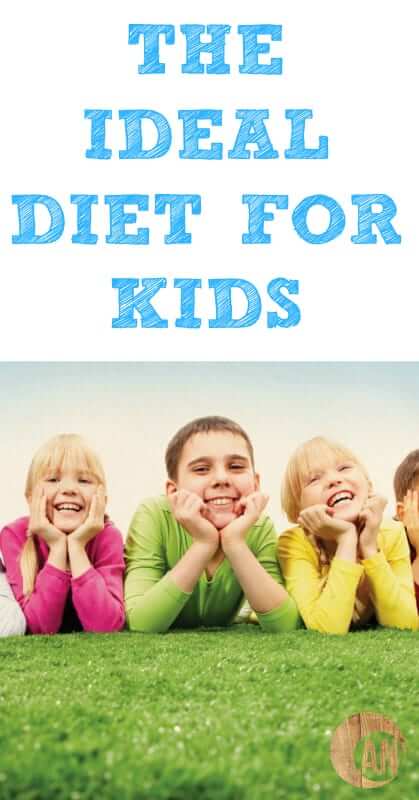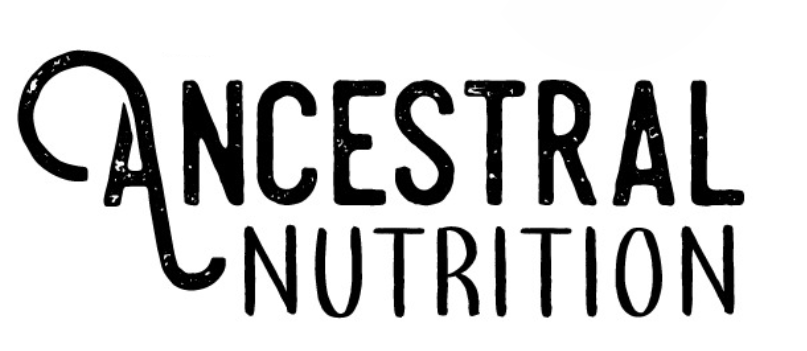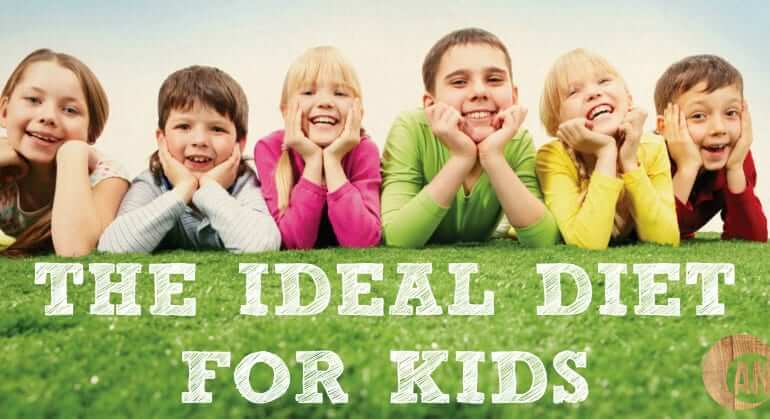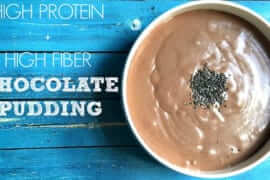I’ve had several moms contact me to ask what the ideal diet for kids is. They want something that will keep their kids full until lunch, something that will keep their energy up, something that will give them the vitamins and minerals they need, something that will prevent them from getting diabetes or from becoming obese.
While that may seem like a lot, the ideal diet is pretty simple: real food! Kids need nutrient dense foods, just like their parents do.
I can understand the confusion around diets for kids, especially when kids menus are loaded with mac and cheese, hot dogs, French fries, pizza and hamburgers.
How the hell did this become the norm? Why are kids relegated to eating junk food?
To be honest, I don’t believe in kids menus and when I have kids, they’re definitely not allowed to order off of one. Kids should eat what parents eat. That being said, they do have specific dietary needs (as does everyone) that will vary from kid to kid, but overall it’s pretty simple.
FAT
Kids need fat. Fat is brain food. Fat helps children develop bones, it builds their brain, and it leaves them satiated. From the Combined Program in Pediatric Gastroenterology and Nutrition at Massachusetts General Hospital,
Fat is necessary in the diets of infants and young children because of their extraordinary energy needs and limited dietary capacity. In addition, essential fatty acids provide the substrates for arachidonic acid, docosahexaenoic acid, and their metabolites. Deficiencies in the amounts of these long-chain fatty acids in the diet during infancy may affect the maturation of the central nervous system, including visual development and intelligence…Young children who receive fat-restricted diets in which fat accounts for 30% or less of their intake appear to grow normally but are more likely not to consume the recommended dietary allowances of many nutrients. Therefore fat should not be restricted in the diets of infants and young children.
EPA (eicosapentaenoic acid) and DHA (docosahexaenoic acid) are two essential fatty acids, meaning they have to be obtained from diet, that are particularly important for proper brain growth and function in kids. EPA and DHA are found in animal foods like wild seafood and egg yolks. From UC Berkeley,
Both DHA and EPA generate neuroprotective metabolites. In double-blind, randomized, controlled trials, DHA and EPA combinations have been shown to benefit attention deficit/hyperactivity disorder (AD/HD), autism, dyspraxia, dyslexia, and aggression. For the affective disorders, meta-analyses confirm benefits in major depressive disorder (MDD) and bipolar disorder, with promising results in schizophrenia and initial benefit for borderline personality disorder. Accelerated cognitive decline and mild cognitive impairment (MCI) correlate with lowered tissue levels of DHA/EPA, and supplementation has improved cognitive function.
Fat is a critical part of a child’s diet. Not only are fatty foods like butter, eggs, pastured meat and wild seafood loaded with nutrients, fat aids in the absorption of fat soluble vitamins like A, E, D and K. It’s a good idea to make sure your child is getting an adequate amount of healthy fat.
PROTEIN
The protein requirements for children will vary widely and depend on age, activity level and individual biology. Studies have sought to determine the protein requirements in infants and children, but I find there is no one protein requirement that can work for all children. It needs to be individualized.
That being said, kiddos need their protein! Protein is important for growth, strengthening the immune system, as well as proper brain, bone, muscle and blood development. Proteins supply the nine essential amino acids (meaning the body does not make these amino acids and they therefore need to be obtain from diet). These amino acids are:
- Histidine
- Isoleucine
- Leucine
- Lycine
- Methionine
- Phenylalanine
- Threonine
- Tryptophan
- Valine
When these amino acids are found in a protein, that protein is referred to as a “complete” protein. Complete proteins are meat, fish, poultry, eggs and seafood.
CARBOHYDRATES
Most kids are loaded with empty carbohydrates, from candy, from pizza, from bread, from pasta. Americans eat more refined carbohydrates than any other food, so it’s kind of a no-brainer as to why obesity, heart disease, cancer and diabetes are at epidemic proportions.
Kids need healthy carbs like green veggies, carrots, potatoes and squash. These are all healthy forms of carbohydrate. These healthy carbohydrates will provide vitamins and minerals as well as energy, and help keep kids satiated throughout the day.
The key to any healthy diet is balance, whether it’s for kids or adults. Each meal should have a balanced amount of fat, protein and carbs. There is NO need for kids to order off of the kids menu, they should eat what their parents eat (provided the parents are eating well). There’s no crazy, complicated diet that kids need to adhere to. They just need to be well nourished with health, organic and balanced meals.

Sources:
http://www.ncbi.nlm.nih.gov/pubmed/7965456
http://www.ncbi.nlm.nih.gov/pubmed/18072818
http://jn.nutrition.org/content/129/11/2094.full
http://www.ncbi.nlm.nih.gov/pubmed/16902324
http://www.nlm.nih.gov/medlineplus/ency/article/002467.htm
http://www.mckinley.illinois.edu/handouts/macronutrients.htm




